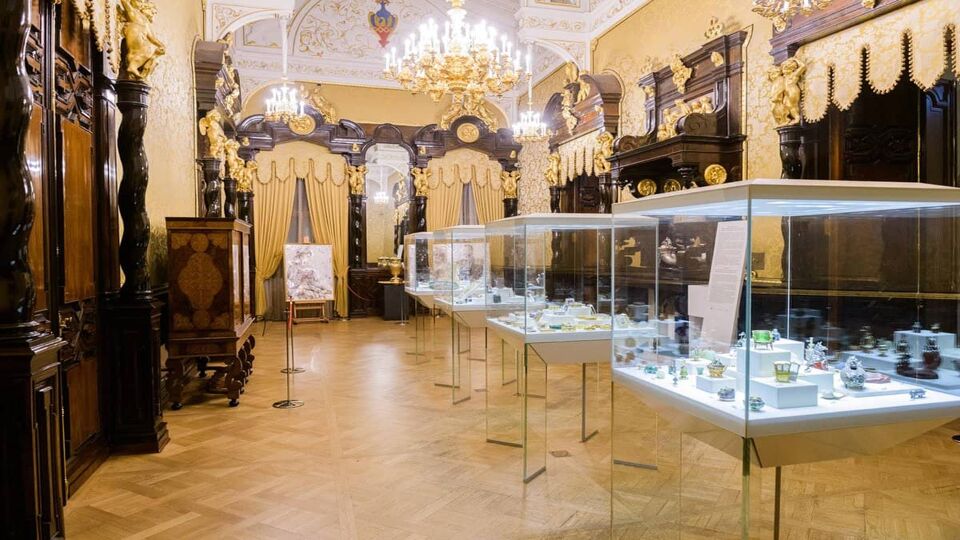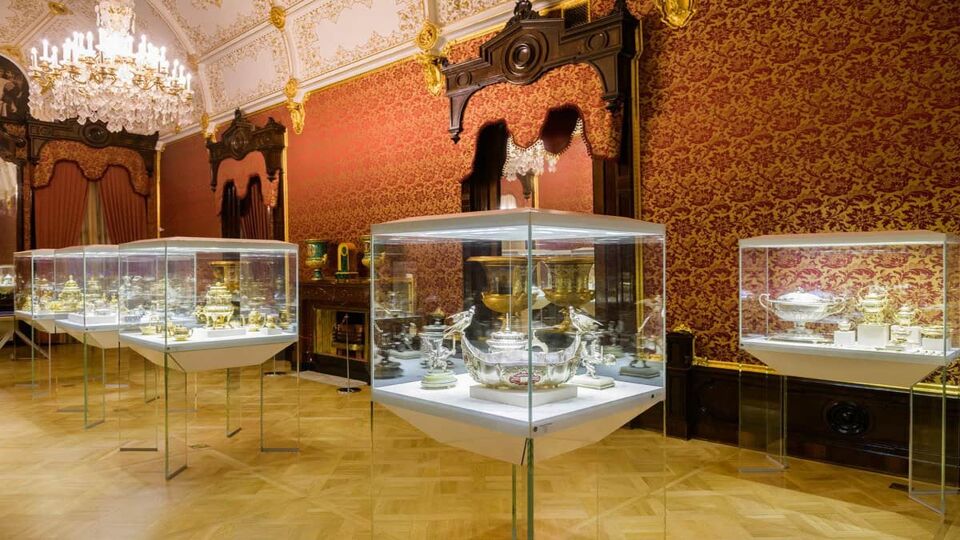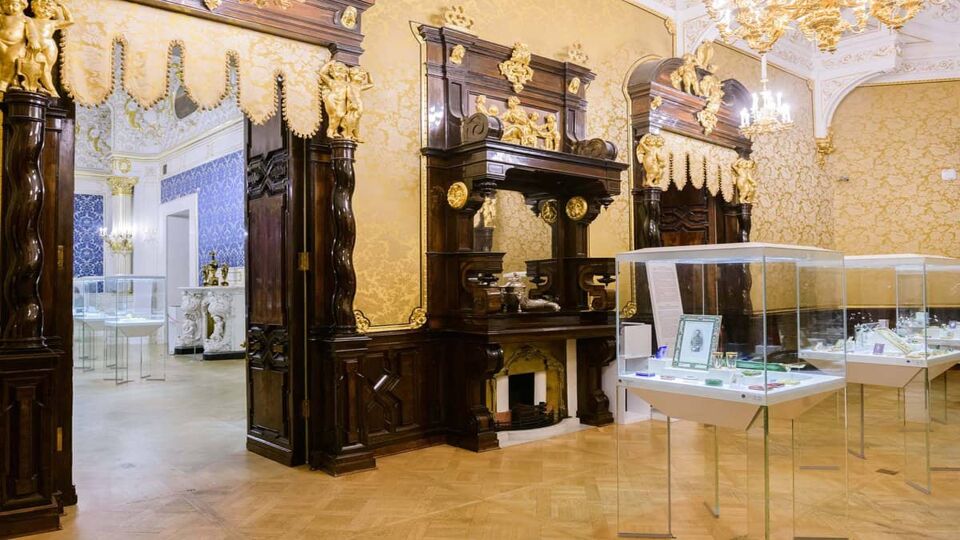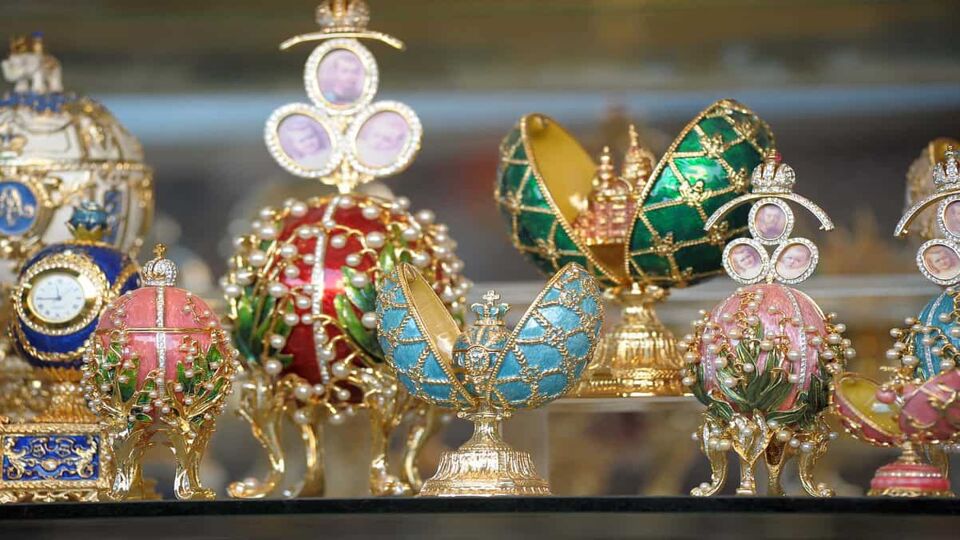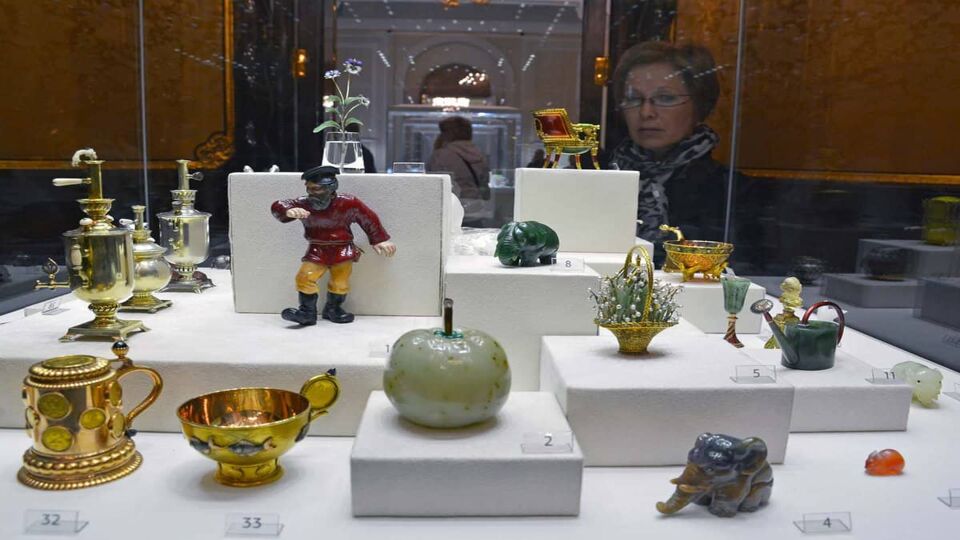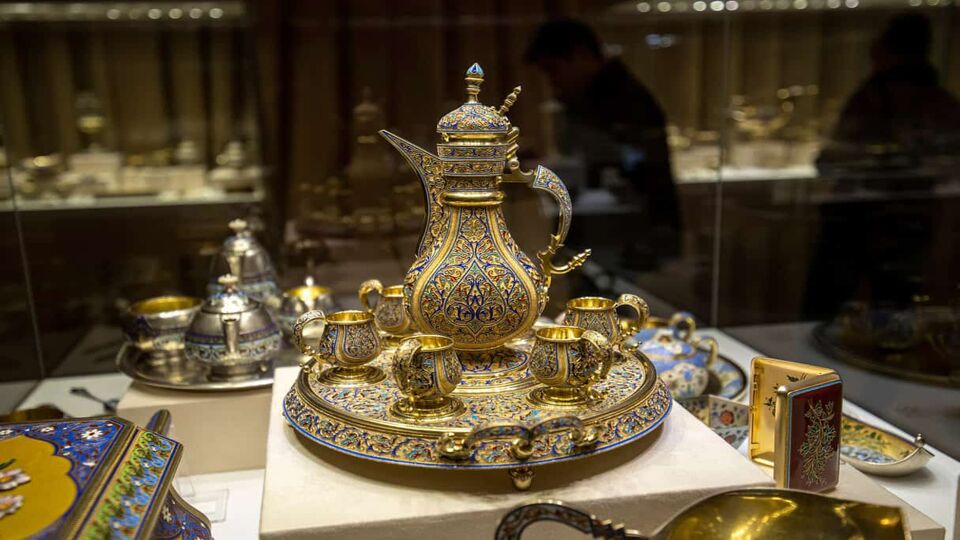
Travel bucket list idea:
Faberge Museum
St. Petersburg , Northwestern Region, Russia
First commissioned by Alexander III as an Easter present for his wife, the Empress Maria Feodorovna, Faberge’s fabled Easter Eggs are synonymous with the grandeur of Imperial Russia. Each exquisite, bejewelled egg is created from gold, silver and precious stones, each opening to reveal a surprise – often gem-studded jewellery.
Peter Carl Fabergé famously kept a large mallet on his work table and had no qualms about smashing anything that was not absolutely perfect. This assiduous attention to detail makes the 52 surviving eggs almost priceless, fetching colossal sums when they come to auction.
The Museum brings together several of the more famous eggs – the Hen Egg, the Lilies-of-the-Valley Egg, the Fifteenth Anniversary Egg, and the Order of St. George Egg – together with other items from the legendary House of Faberge, which represent the zenith of the decorative arts in fin de siècle Imperial Russia.
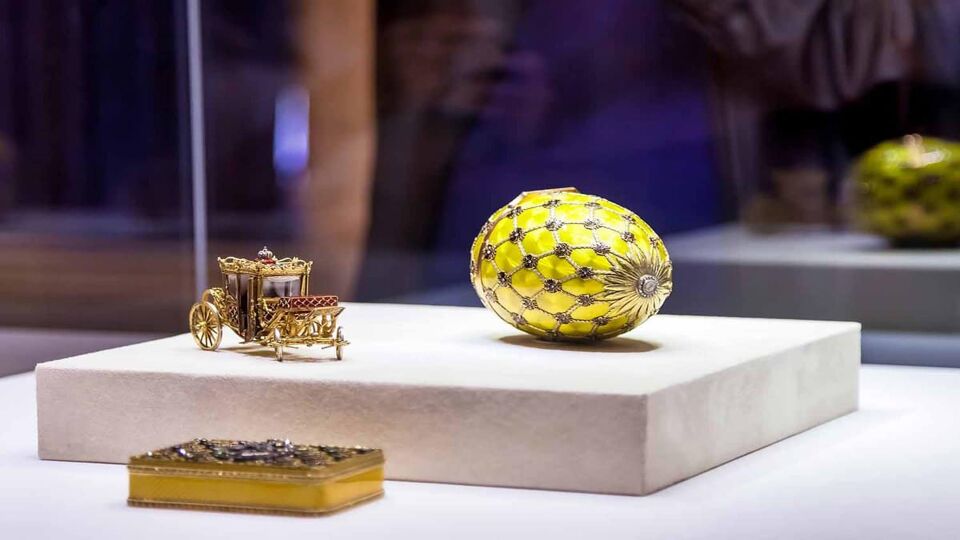
Credit Shutterstock.com/Alex Vog
Logistics
Getting there & doing it
The Faberge Museum is located on the Fontanka River and within walking distance from the Hermitage and St. Isaac’s Cathedral. Purchase tickets on the museum’s website or in the lobby of the museum itself, although booking ahead is advisable in high season.
The museum has audio tours in English, which take around two hours to complete. Private tours can be booked; the price is set for 1-5 people and increases for any additional visitors.
When to do it
The museum is open daily; first thing in the morning is the best time to visit if you want to avoid at least some of the tour groups.
Autumn and winter offer the best chance for a leisurely, uncrowded visit to the museum, with plenty of time to admire the Imperial Easter Eggs on your own.


